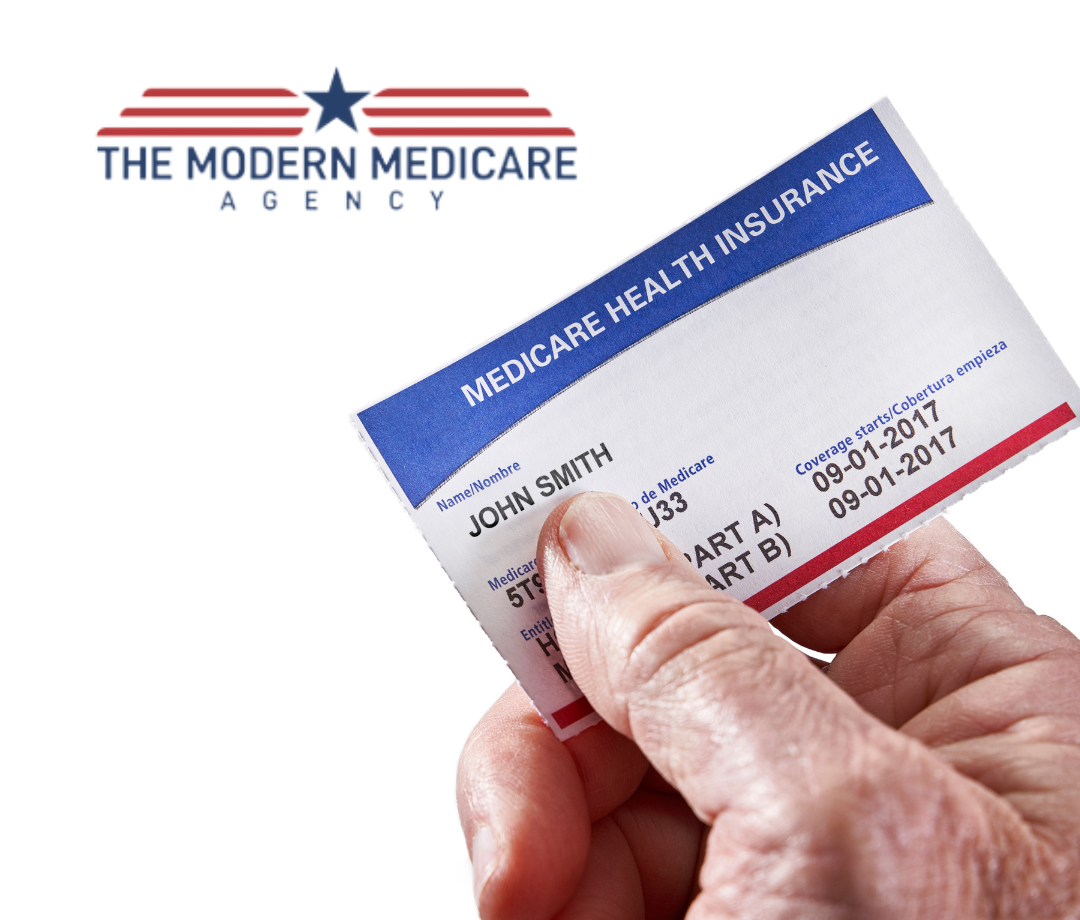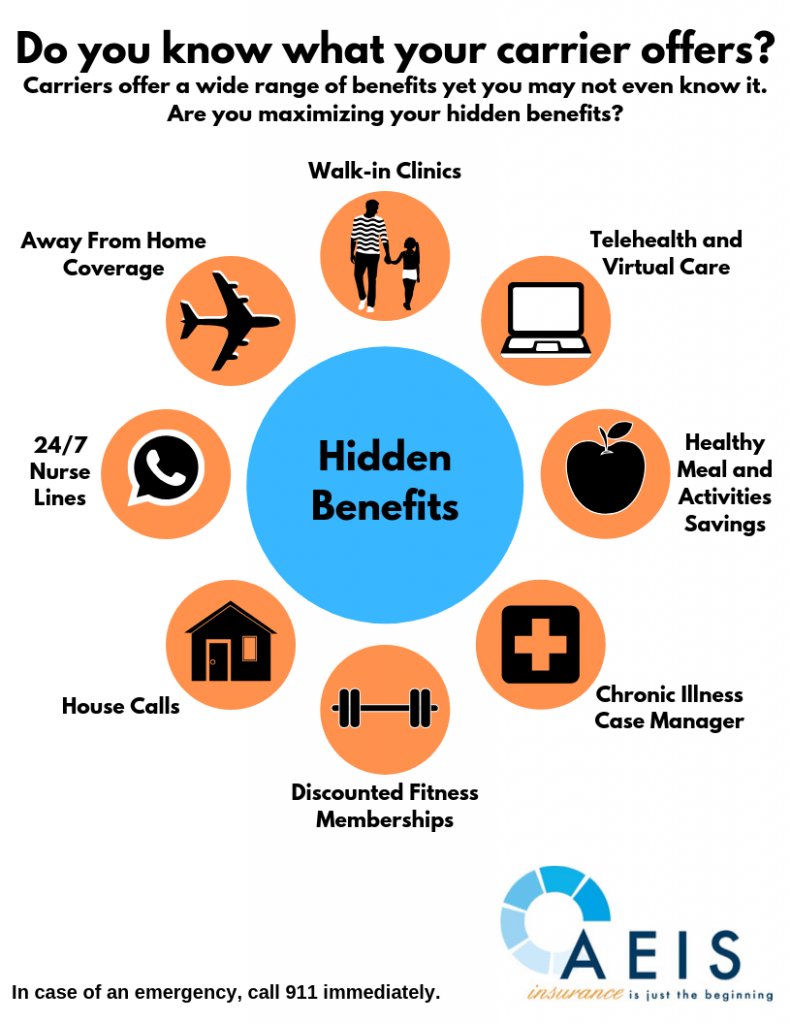Our Medicare Advantage Agent Diaries
Our Medicare Advantage Agent Diaries
Blog Article
Getting My Medicare Advantage Agent To Work
Table of ContentsThe Best Strategy To Use For Medicare Advantage AgentThe Best Guide To Medicare Advantage AgentThe Facts About Medicare Advantage Agent Uncovered


follows from confusing the relatively young age profile of account uninsured with without insurance better healthFar better wellness average, of younger persons. For those without accessibility to office wellness insurance policy, inadequate wellness is a prospective barrier to buying nongroup insurance coverage due to the fact that such protection may be highly valued, leave out preexisting conditions, or be simply unavailable. Unless or else noted, national estimates of individuals without wellness insurance coverage and proportions of the populace with various kinds of protection are based on the CPS, the most widely made use of resource of estimates of insurance policy protection and uninsurance rates.

Not known Incorrect Statements About Medicare Advantage Agent
The connection between health insurance policy and accessibility to care is well established, as documented later on in this phase. The partnership in between health insurance coverage and health end results is neither direct nor easy, a substantial professional and health services research study literature web links wellness insurance policy coverage
to improved enhanced accessibility care, better much betterTop quality and improved enhanced and population health wellnessCondition The 2nd report, on individual health end results for without insurance grownups, is stood for by the innermost circle of the figure, while the third report, on family well-being, includes the topics of the 2nd report however stresses a different system of evaluation, namely, the family.
Moreover, it concentrates especially on those without any type of health insurance policy for any type of size of time. The problems faced by the underinsured remain in some areas similar to those dealt with by the uninsured, although they are typically much less severe. Uninsurance and underinsurance, however, include noticeably different policy issues, and the methods for addressing them may vary. Throughout this research and the five records to comply with, the main focus gets on persons with no health insurance coverage and thus no help in spending for health care beyond what is offered through charity and safeguard organizations. Health insurance policy is an effective factor influencing receipt of care because both patients and medical professionals react to the out-of-pocket price of services. Medical insurance, nonetheless, is neither required neither adequate to access to clinical solutions. However, the independent and direct effect of health
insurance policy coverage on access to wellness solutions is well established. Others will certainly acquire the healthcare they require even without health insurance coverage, by spending for it out of pocket or seeking it from providers who offer care cost-free or at highly subsidized prices. For still others, medical insurance alone does not make sure invoice of care due to the fact that of other nonfinancial obstacles, such as an absence of health treatment carriers in their neighborhood, restricted access to transportation, illiteracy, or linguistic and cultural distinctions. Official study about without insurance populaces in the USA dates to the late 1920s and early 1930s when the look at this now Committee on the Expense of Medical Care generated a series of reports about funding physician workplace visits and hospital stays. This issue became significant as the numbers of medically indigent climbed throughout the Great Depression. Empirical studies consistently support the link in between see this accessibility to care and boosted health results(Bindman et al., 1995; Starfield, 1995 ). Having a routine source of treatment can be considered a predictor of accessibility, as opposed to a direct action of it, when health and wellness outcomes are themselves used as access signs. This expansion of the concept of accessibility measurement was made by the IOM Board on Checking Gain Access To to Personal Health And Wellness Treatment Solutions(Millman, 1993, p. Whether parents are insured appears to impact whether or not their children get care as well as just how much careeven if the youngsters themselves have insurance coverage(Hanson, 1998). The health of moms and dads can influence their ability to look after their youngsters and the level of household stress. Fretting about their children's access to care is itself a source of stress and anxiety for moms and dads. 3 phases adhere to in this report. Chapter 2 gives a review of how employment-based health insurance policy, public programs and specific insurance coverage run and engage to offer extensive however insufficient protection of the U.S. population. This includes a review of historical trends and public policies influencing both public and exclusive insurance policy, a conversation of the communications among the different kinds of insurance, and an assessment of why individuals relocate from one program to one more or finish up
.png)
Report this page